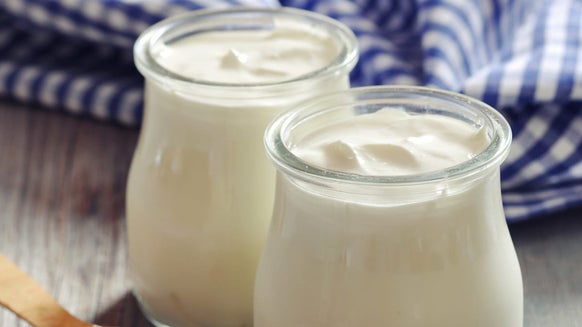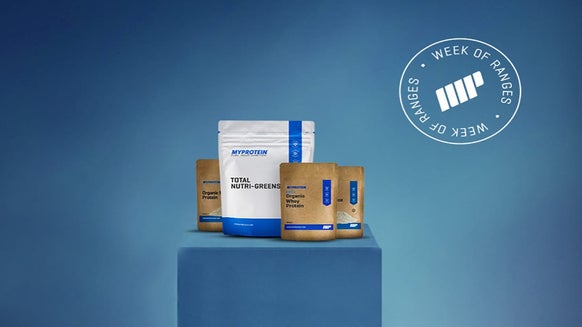

Bασίλης Σκωλίκης Ειδικός σε θέματα Fitness
Είμαι ο Βασίλης Σκωλίκης, γεννήθηκα στην Αθήνα και λατρεύω το Fitness και τα συμπληρώματα διατροφής. Έχω MSc σε Marketing & Business Analytics από το University of Edinburgh Business School και έχω κάνει την έρευνα μου πάνω στο Μάρκετινγκ τωνΣυμπληρωμάτων Διατροφής με τίτλο “Health Consciousness and Perceived Risk as Moderators of Purchase Intention towards Dietary Supplements”.
Δεν είμαι διατροφολόγος άλλα όλα τα άρθρα μου βασίζονται στην επιστημονική έρευνα και όλα έχουν παραπομπές και επιστημονική βιβλιογραφία από έγκυρα Journals. Η φιλοσοφία μου ταιριάζει με τη φράση «Extraordinary claims require extraordinary evidence».







